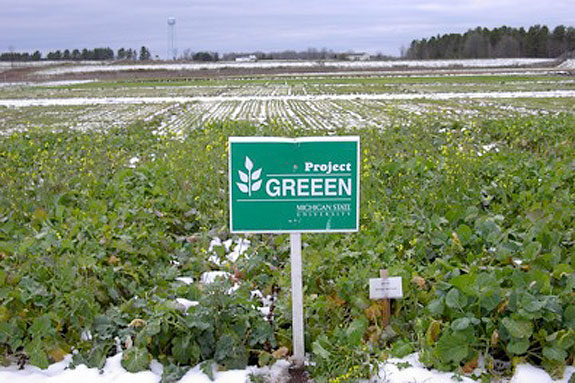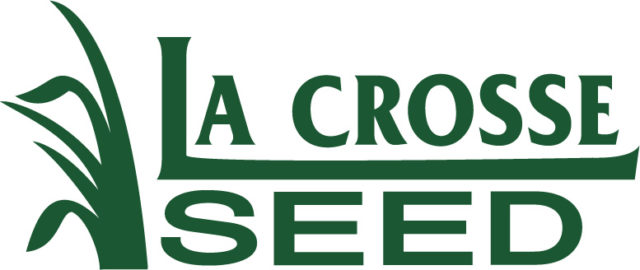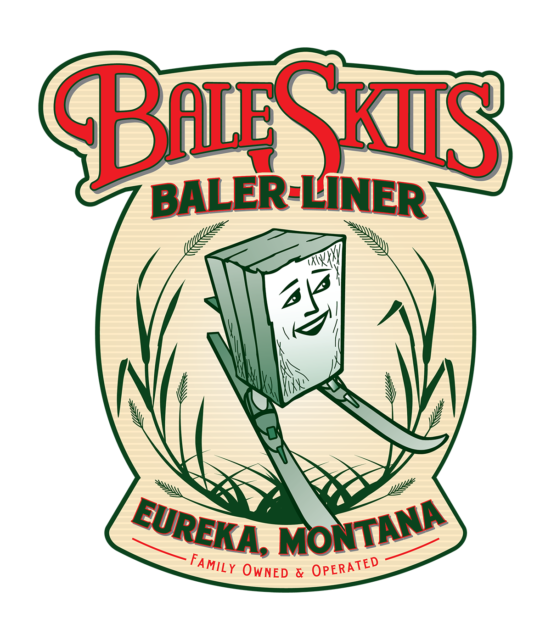The brassica crop grows the best on fertile and well-drained soils. The following are different types of forage brassicas and its planting methods/management.
Kale
Kale has a longer growing season than forage rape and turnip and both stems and leaves are used. Typical seeding rates for kale are 3.5 to 4 pounds per acre.
Forage rape is a short-season and leafy brassica whose leaves and stems are used for grazing. It can also be green-chopped. Typical seeding rates for forage rape are 3.5 to 4 pounds per acre.
Turnip
Turnip has a short growing season and its roots, stems and leaves are used. Typical seeding rates for turnip are 1.5 to 2 pounds per acre.
Planting
Brassicas can be planted with either no-till or conventional tillage. When seeding into grass sod, it’s important to suppress with paraquat or glyphosate herbicides two to three weeks before planting.
Oats or rye can also be seeded with forage brassicas. The seed size of brassica is very small, so seeding depth should not be deeper than one-half inch.
Fertilization
Since forage brassicas are heavy feeders of nitrogen, 75 to 100 pounds of nitrogen per acre is recommended. The amount of P and K fertilizer should be based on soil tests.
Pasture utilization
Forage brassicas can be ready to graze about 65 to 75 days after planting and grazing can continue until heavy snow cover and low temperatures kill the forage brassicas (usually 10ºF or lower).
There will be very minimal or no regrowth after first grazing in the fall and strip grazing practice can be used to control the forage brassicas more effectively by reducing the waste from trampling. FG
—Excerpts from Michigan State University Extension News for Agriculture
PHOTO
TOP: Photo courtesy of Michigan State University Extension News for Agriculture









